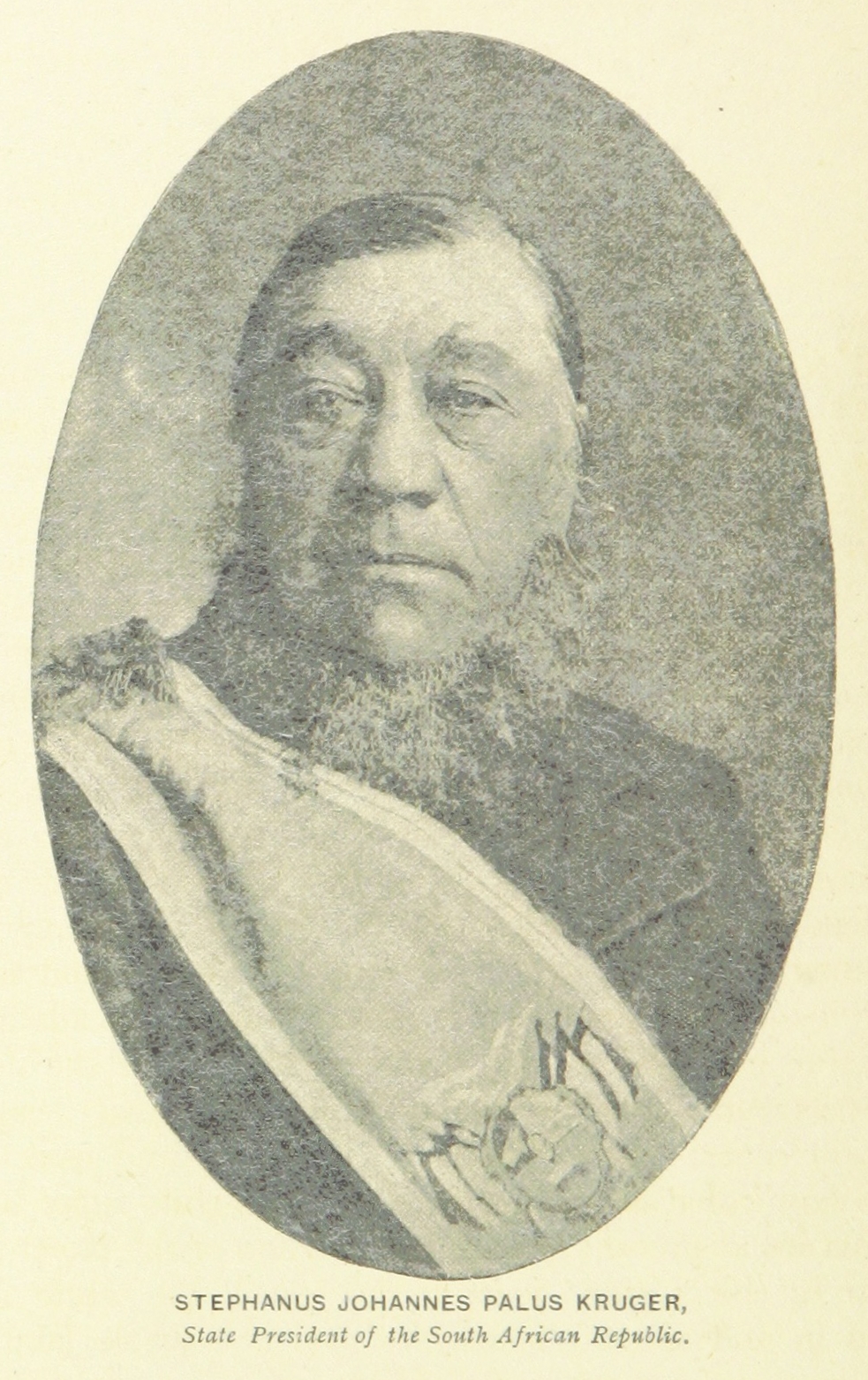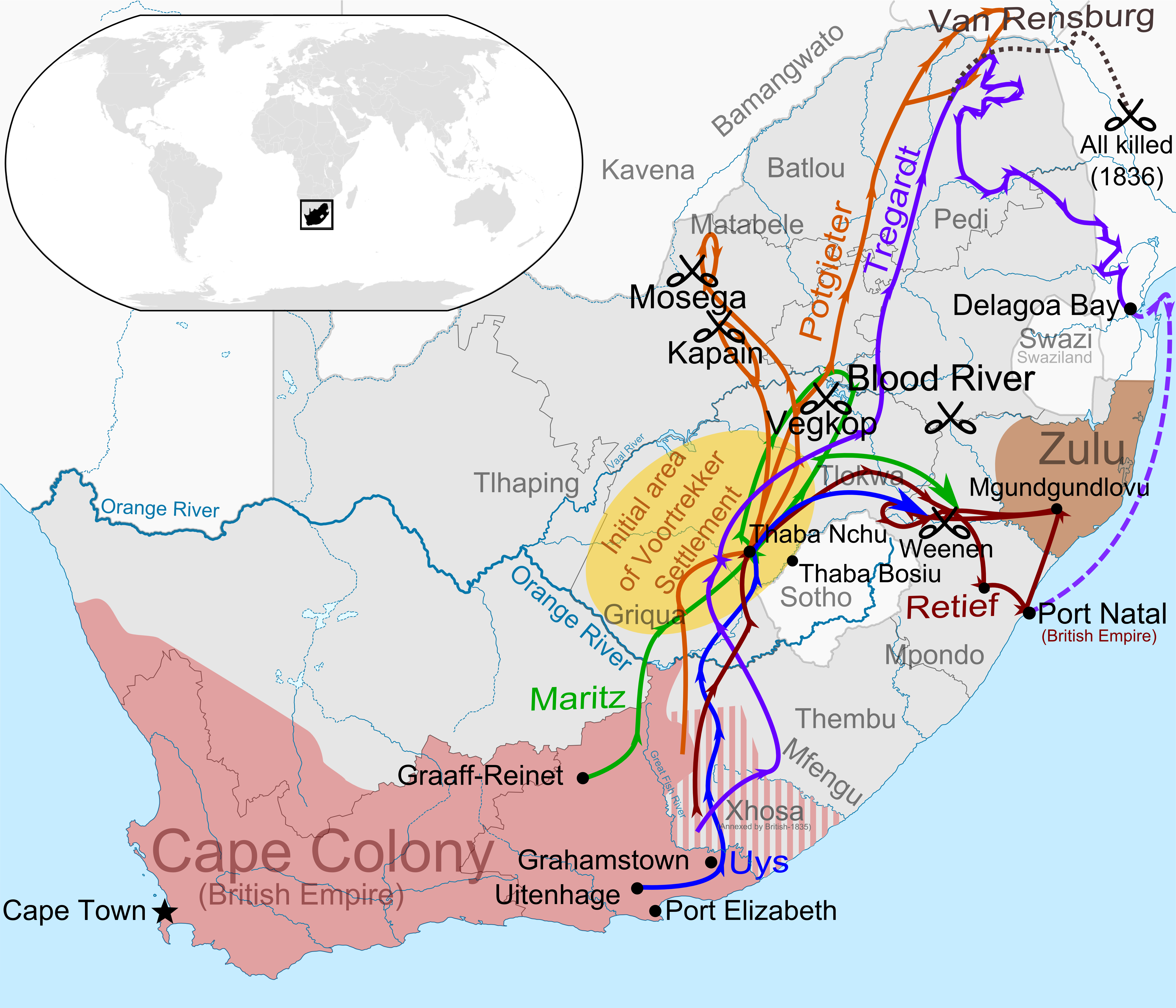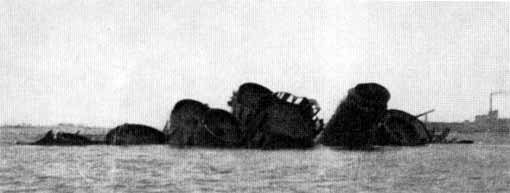|
Kruger Millions
The Kruger Millions is a legendary hoard of gold reputed to have been hidden in South Africa or sent overseas by or on behalf of President Paul Kruger to avoid it being captured by the British during the Second Boer War. History The legend begins on the 29 May 1900, as the British prepared to take Pretoria, Paul Kruger and the Zuid Afrikaansche Republiek (Z.A.R.) government fled the capital to Middelburg and had given orders to empty the Mint and National Bank to the Attorney General Jan Smuts. On the 4 June 1900, with the British forces now at Six Mile Spruit, Jan Smuts arrived at the Mint just before 9am and after meeting with Jules Perrin, Head of the Mint and Thomas Hugo, National Bank Manager, ordered all the gold to be collected, weighed, recorded and made ready for despatch to the Pretoria Train Station. There are also many anecdotal stories passed down the generations that talk to seeing wooden boxes on wagons being transported the 500m from the Mint in Church Square ... [...More Info...] [...Related Items...] OR: [Wikipedia] [Google] [Baidu] |
South Africa
South Africa, officially the Republic of South Africa (RSA), is the southernmost country in Africa. It is bounded to the south by of coastline that stretch along the South Atlantic and Indian Oceans; to the north by the neighbouring countries of Namibia, Botswana, and Zimbabwe; and to the east and northeast by Mozambique and Eswatini. It also completely enclaves the country Lesotho. It is the southernmost country on the mainland of the Old World, and the second-most populous country located entirely south of the equator, after Tanzania. South Africa is a biodiversity hotspot, with unique biomes, plant and animal life. With over 60 million people, the country is the world's 24th-most populous nation and covers an area of . South Africa has three capital cities, with the executive, judicial and legislative branches of government based in Pretoria, Bloemfontein, and Cape Town respectively. The largest city is Johannesburg. About 80% of the population are Black Sou ... [...More Info...] [...Related Items...] OR: [Wikipedia] [Google] [Baidu] |
Paul Kruger
Stephanus Johannes Paulus Kruger (; 10 October 1825 – 14 July 1904) was a South African politician. He was one of the dominant political and military figures in 19th-century South Africa, and President of the South African Republic (or Transvaal) from 1883 to 1900. Nicknamed ''Oom Paul'' ("Uncle Paul"), he came to international prominence as the face of the Boer cause—that of the Transvaal and its neighbour the Orange Free State—against Britain during the Second Boer War of 1899–1902. He has been called a personification of Afrikanerdom, and remains a controversial figure; admirers venerate him as a tragic folk hero. Born near the eastern edge of the Cape Colony, Kruger took part in the Great Trek as a child during the late 1830s. He had almost no education apart from the Bible. A protégé of the Voortrekker leader Andries Pretorius, he witnessed the signing of the Sand River Convention with Britain in 1852 and over the next decade played a prominent role in t ... [...More Info...] [...Related Items...] OR: [Wikipedia] [Google] [Baidu] |
Second Boer War
The Second Boer War ( af, Tweede Vryheidsoorlog, , 11 October 189931 May 1902), also known as the Boer War, the Anglo–Boer War, or the South African War, was a conflict fought between the British Empire and the two Boer Republics (the South African Republic and the Orange Free State) over the Empire's influence in Southern Africa from 1899 to 1902. Following the discovery of gold deposits in the Boer republics, there was a large influx of "foreigners", mostly British from the Cape Colony. They were not permitted to have a vote, and were regarded as "unwelcome visitors", invaders, and they protested to the British authorities in the Cape. Negotiations failed and, in the opening stages of the war, the Boers launched successful attacks against British outposts before being pushed back by imperial reinforcements. Though the British swiftly occupied the Boer republics, numerous Boers refused to accept defeat and engaged in guerrilla warfare. Eventually, British scorched earth po ... [...More Info...] [...Related Items...] OR: [Wikipedia] [Google] [Baidu] |
Pretoria–Maputo Railway
Pretoria–Maputo railway, also called Delagoa Bay railway, Iron railway and Eastern railway, is a railway that connects the city of Maputo, Mozambique, to the city of Pretoria, in South Africa. It is 567 km long, in 1067 mm gauge.Mozambique Logistics Infrastructure: Mozambique Railway Assessment Atlassian Confluence. 10 de dezembro de 2018. The Mozambican section, between Maputo and Ressano Garcia, is managed by the state-owned (CFM) company, and it is officially ... [...More Info...] [...Related Items...] OR: [Wikipedia] [Google] [Baidu] |
Pretoria 5 June 1900
Pretoria () is South Africa's administrative capital, serving as the seat of the executive branch of government, and as the host to all foreign embassies to South Africa. Pretoria straddles the Apies River and extends eastward into the foothills of the Magaliesberg mountains. It has a reputation as an academic city and center of research, being home to the Tshwane University of Technology (TUT), the University of Pretoria (UP), the University of South Africa (UNISA), the Council for Scientific and Industrial Research (CSIR), and the Human Sciences Research Council. It also hosts the National Research Foundation and the South African Bureau of Standards. Pretoria was one of the host cities of the 2010 FIFA World Cup. Pretoria is the central part of the City of Tshwane Metropolitan Municipality which was formed by the amalgamation of several former local authorities, including Bronkhorstspruit, Centurion, Cullinan, Hammanskraal and Soshanguve. Some have proposed changing the o ... [...More Info...] [...Related Items...] OR: [Wikipedia] [Google] [Baidu] |
Deutsche Ost-Afrika Linie
Deutsche Ost-Afrika Linie (''German East Africa Line'') was a shipping line, established in 1890 as an alternative to the existing shipping services to East Africa, including German East Africa (1891–1919), then dominated by United Kingdom shipping lines. Founding In 1888, the board of the trading firm Woermann-Linie made plans to set up a scheduled service to East Africa as the existing routes were dominated by British lines. The following year the Reichstag approved such a shipping line and in January 1890 the Chancellor began looking for a German shipping company to set up a line to Africa subsidized for over ten years with 900,000 marks a year. As no company was ready, the Reich announced the establishment of a shipping company.Rübner, Hartmut: Konzentration und Krise der deutschen Schiffahrt. Maritime Wirtschaft im Kaiserreich, in der Weimarer Republik und im Nationalsozialismus, Hauschild Verlag, Bremen 2005 On April 19, 1890, the Deutsche Ost-Afrika Linie was found ... [...More Info...] [...Related Items...] OR: [Wikipedia] [Google] [Baidu] |
Wilhelmina Of The Netherlands
Wilhelmina (; Wilhelmina Helena Pauline Maria; 31 August 1880 – 28 November 1962) was Queen of the Netherlands from 1890 until her abdication in 1948. She reigned for nearly 58 years, longer than any other Dutch monarch. Her reign saw World War I, the Dutch economic crisis of 1933 and World War II. The only child of King William III of the Netherlands and Emma of Waldeck and Pyrmont, Wilhelmina ascended to the throne at the age of 10 after her father's death in 1890, under her mother's regency. After taking charge of government, Wilhelmina became generally popular for maintaining Dutch neutrality during the First World War and solving many of her country's industrial problems. By that time, her business ventures had made her the world's first female billionaire in dollars. She went on to ensure that her family was one of seven European royal houses remaining in existence. Following the German invasion of the Netherlands in 1940, Wilhelmina fled to Britain and took charge o ... [...More Info...] [...Related Items...] OR: [Wikipedia] [Google] [Baidu] |
HNLMS Gelderland (1898)
HNLMS ''Gelderland'' ( nl, Hr.Ms. Gelderland) was a protected cruiser of the Royal Netherlands Navy. During its career in the Dutch Navy it was most notable for being the ship Queen Wilhelmina sent to Portuguese East Africa to transport Paul Kruger to Europe during the Second Boer War. The ship was taken over by the Germans during World War II, rebuilt as an anti-aircraft cruiser and renamed ''Niobe''. Commissioned into the German navy on 1 March 1944, she was sunk in Kotka harbour in Finland on 16 July 1944. Service history The ship was built at the ''Maatschappij voor Scheeps- en Werktuigbouw Fijenoord'' in Rotterdam and launched on 28 September 1898. The ship was commissioned on 15 July 1900. On 22 November that year she arrived in Marseille with Paul Kruger who she had picked up in Lourenço Marques by order of the Dutch Government. After dropping Kruger off she left for the Dutch East Indies. During this trip while entering the harbor of Port Said she collided with the Brit ... [...More Info...] [...Related Items...] OR: [Wikipedia] [Google] [Baidu] |
Blyde River
The Motlatse River ("Permanent River"), Blyde River ( af, Blyderivier "Glad River"), or Umdhlazi River is a river in the Mpumalanga and Limpopo provinces of South Africa. It has a northwards course in steep-sided valleys and ravines of the Mpumalanga Drakensberg, before it enters the lowveld region of the Limpopo province. It has its ultimate origins at around 2,000 m altitude in the Hartebeesvlakte conservation area, to the north of Long Tom Pass. It runs through the Blyde River Canyon. Etymology The Blyde, meaning "glad", "joyous" or "happy" in Cape Dutch, was thus named during a voortrekker expedition. This occurred in 1844 when Hendrik Potgieter and others returned safely from Delagoa Bay to the rest of their party of trekkers who had considered them dead. While still under this misapprehension they had named the river near their encampment, Treurrivier, or 'mourning river'. The name Motlatse is said to predate the name Blyde, and means 'a river that is always full' in the s ... [...More Info...] [...Related Items...] OR: [Wikipedia] [Google] [Baidu] |
Mpumalanga
Mpumalanga () is a province of South Africa. The name means "East", or literally "The Place Where the Sun Rises" in the Swazi, Xhosa, Ndebele and Zulu languages. Mpumalanga lies in eastern South Africa, bordering Eswatini and Mozambique. It constitutes 6.5% of South Africa's land area. It shares borders with the South African provinces of Limpopo to the north, Gauteng to the west, the Free State to the southwest, and KwaZulu-Natal to the south. The capital is Mbombela. Mpumalanga was formed in 1994, when the area that was the Eastern Transvaal was merged with the former bantustans KaNgwane, KwaNdebele and parts of Lebowa and Gazankulu. Although the contemporary borders of the province were only formed at the end of apartheid, the region and its surroundings has a history that extends back thousands of years. Much of its history, and current significance is as a region of trade. History Precolonial Era Archeological sites in the Mpumalanga region indicate settlem ... [...More Info...] [...Related Items...] OR: [Wikipedia] [Google] [Baidu] |
Laurenco Marques
Maputo (), formerly named Lourenço Marques until 1976, is the capital, and largest city of Mozambique. Located near the southern end of the country, it is within of the borders with Eswatini and South Africa. The city has a population of 1,088,449 (as of 2017) distributed over a land area of . The Maputo metropolitan area includes the neighbouring city of Matola, and has a total population of 2,717,437. Maputo is a port city, with an economy centered on commerce. It is also noted for its vibrant cultural scene and distinctive, eclectic architecture. Maputo is situated on a large natural bay on the Indian Ocean, near where the rivers Tembe, Mbuluzi, Matola and Infulene converge. The city consists of seven administrative divisions, which are each subdivided into quarters or ''bairros''. The city is surrounded by Maputo Province, but is administered as a self-contained, separate province since 1998. Maputo City is the geographically smallest and most densely populated pr ... [...More Info...] [...Related Items...] OR: [Wikipedia] [Google] [Baidu] |








